Generate your own power and cut bills. ECO4 funding where eligible—survey, installation and paperwork handled end-to-end.
Solar PV lets you use power from your own roof first, cutting daytime grid spend from day one. It also helps lift your EPC rating for future standards. With no moving parts, systems are quiet, reliable and backed by long warranties—low hassle, long-term value.
Most UK homes pass a simple survey. We check roof area, aspect and shading, plus roof condition and the consumer unit; if it’s a rented property, we help secure landlord/agent consent. You’ll get clear guidance on the best layout and expected output.
We fit a complete, MCS-compliant PV system: high-efficiency panels, a battery-ready inverter, generation meter with app monitoring, and neat, labelled AC/DC isolators. Options include battery storage, an immersion controller for hot water, and EV-charger readiness.
Pairing PV with a home battery lets you store daytime solar and use it later, reducing evening grid import. We size batteries to match your usage and array output, and you can add storage now or later with a hybrid-ready inverter.
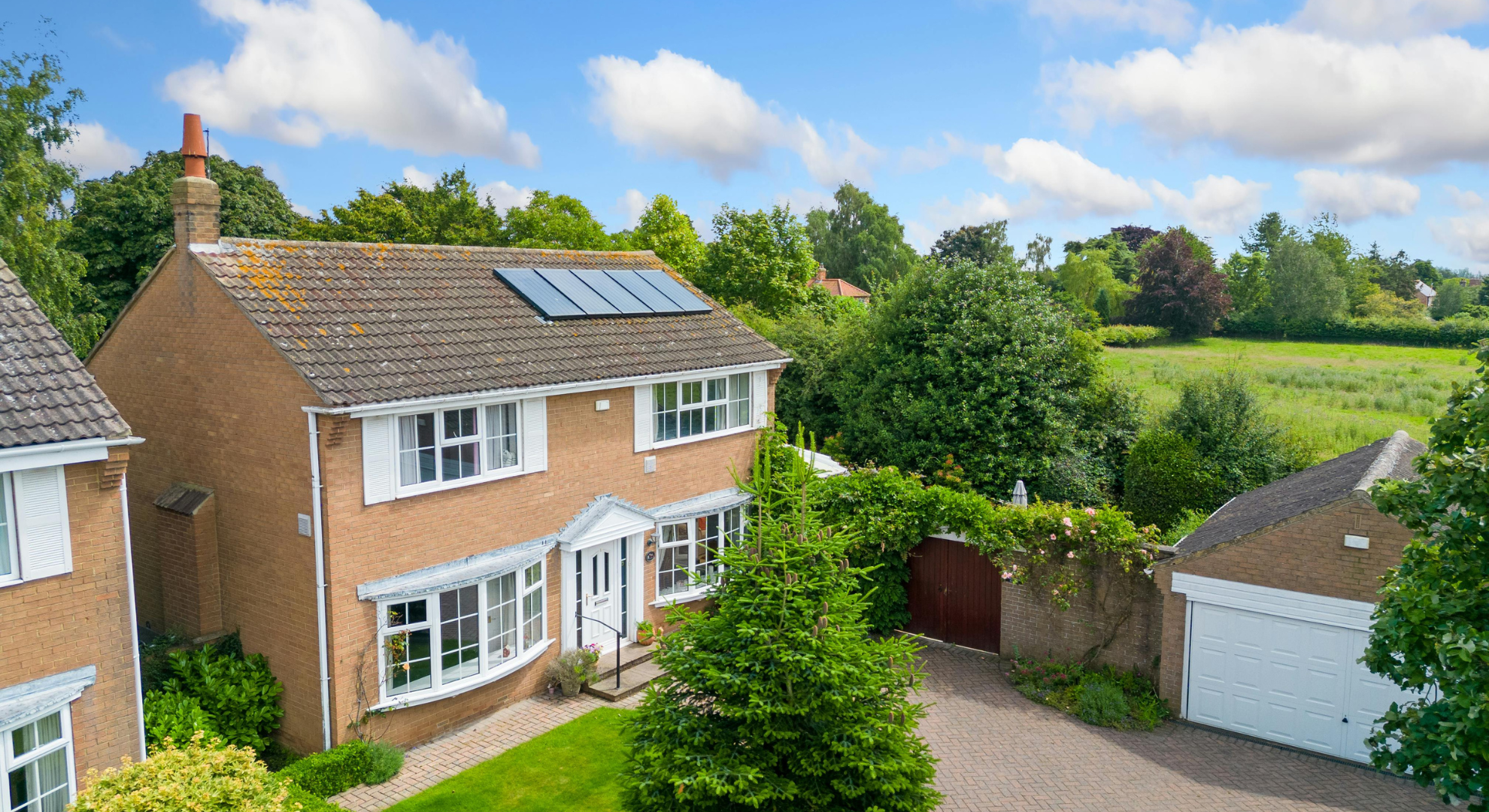
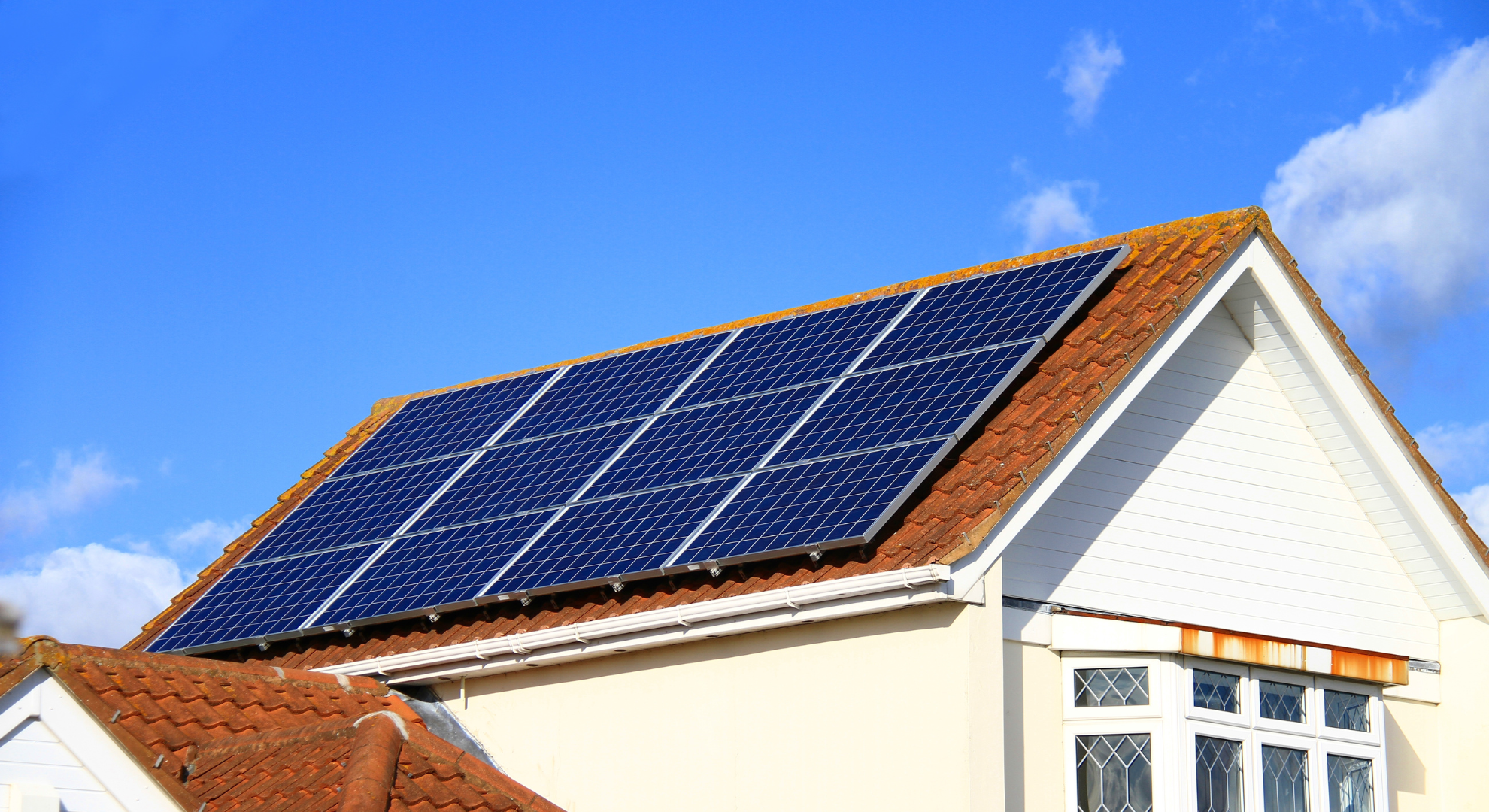
If your property meets ECO4 criteria, solar may be fully funded as part of an EPC uplift. We run the checks and manage compliance.
A simple, documented delivery from first survey to handover. Times can vary by property, but this is what most installs look like.
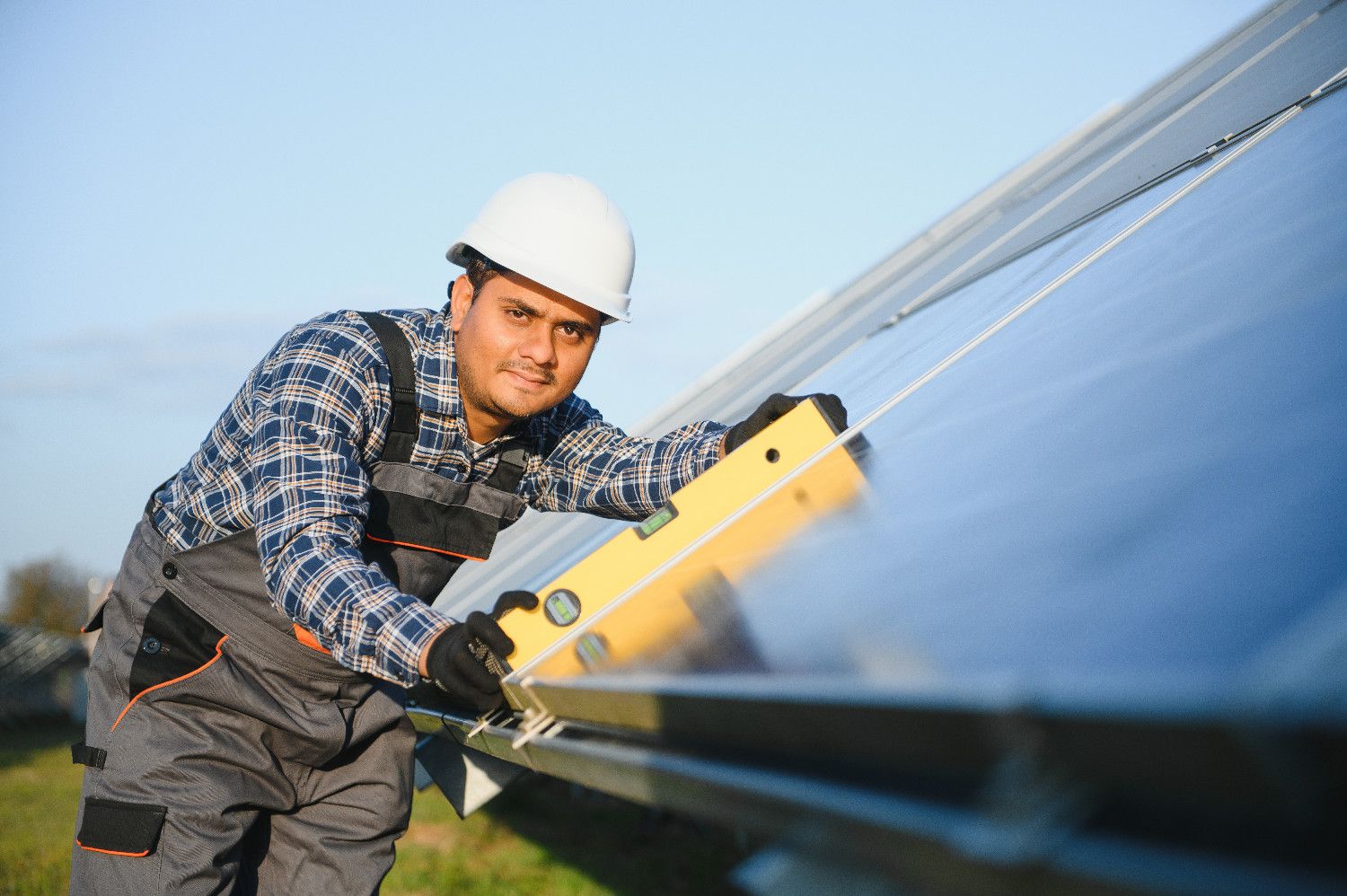
We visit to check roof, shading and electrics, confirm the layout and take measurements/photos for compliance. You’ll get a clear design and expected output. (45–90 mins)

We lock the scope, confirm any permissions (e.g., DNO) and agree your installation date. For self-funded jobs we confirm fixed pricing at this stage.

Scaffolding up, roof mounts fitted, panels wired, and neat runs to the consumer unit with labelled isolators. Tidy, safe and usually finished in 1–2 days.
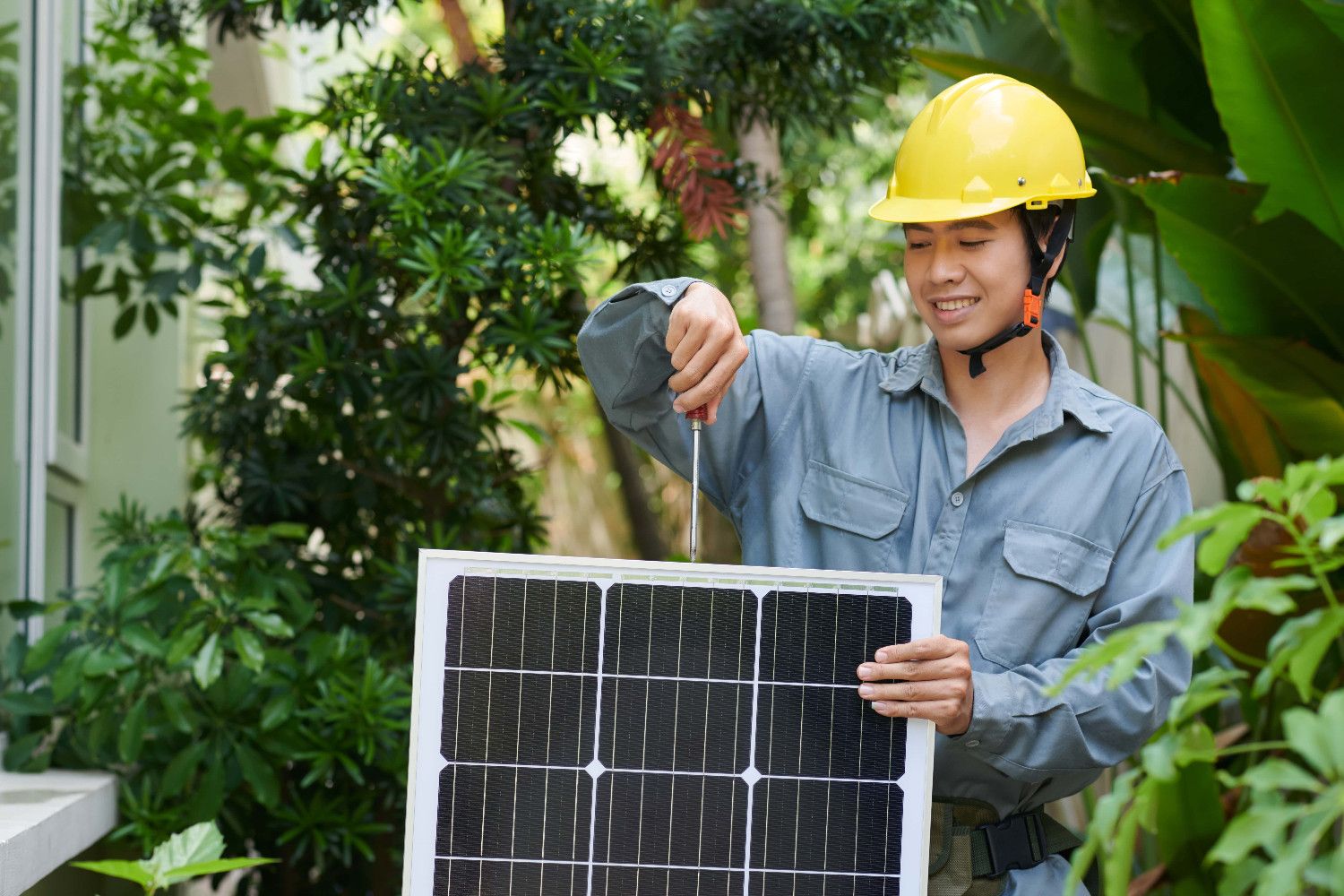
Inverter configured and tested, system energised, and the monitoring app set up on your phone/tablet. We show you how to read performance at a glance.

You receive your MCS certificate, commissioning record, product warranties and photo evidence. Where required, DNO/energy-supplier notifications are included.

We explain simple checks, cleaning guidance and who to contact. Optional support is available if you want us to keep an eye on performance over time.
When your system exports power you don’t use, many suppliers pay for each unit via the Smart Export Guarantee. Rates and terms vary by supplier; we provide the commissioning docs you’ll need for your application and explain how to read export on your meter/app.
We only use MCS-certified equipment and MCS-accredited installation teams. Electrical work follows BS 7671 (IET Wiring Regulations), and we handle DNO notifications/approvals where required. You receive an MCS certificate and a documented completion pack at handover.
Output depends on roof orientation and pitch, shading across the year, system size (kWp) and how your household uses power. At survey we create a property-specific model so your proposal shows expected annual kWh, self-use, and the impact of adding a battery or hot-water diverter.
Use this quick checklist to compare quotes on a like-for-like basis.
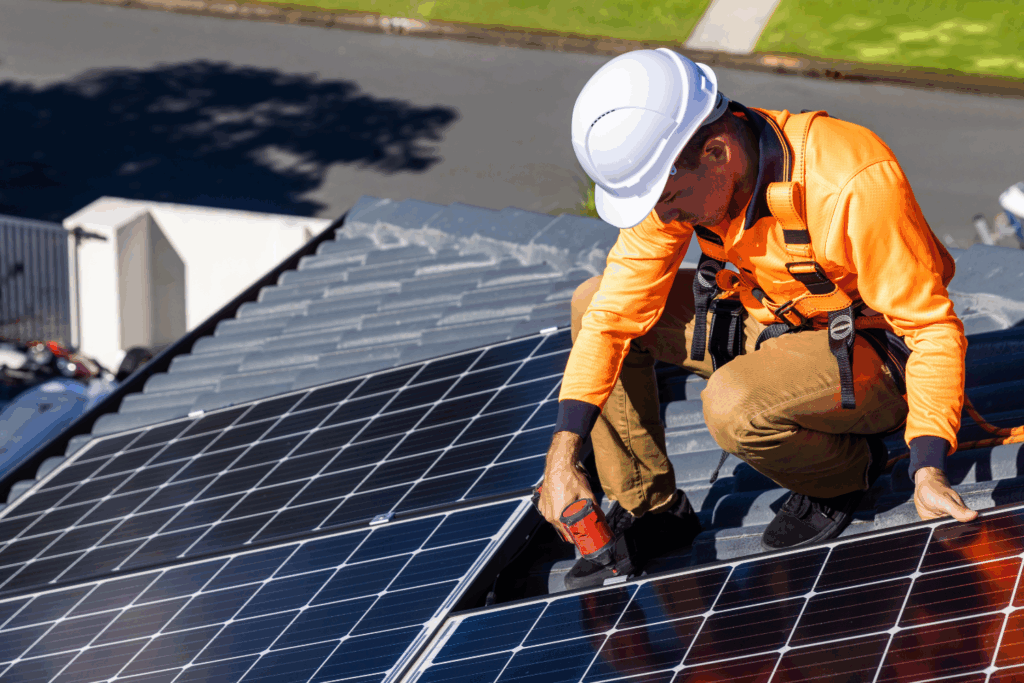
It depends on your daytime use, array size and whether you add a battery. Most homes use solar first and buy less from the grid; a battery increases evening self-use. We’ll model savings in your proposal.
Most pitched-roof domestic installs are permitted development. Flats, conservation areas and listed buildings may require checks—we’ll advise at survey.
We check structure, condition, fixings and wind/snow loads at survey. If remedial work is needed, we’ll flag it before installation.
Standard PV systems shut down during a power cut for safety. Backup requires a battery with EPS/backup and compatible wiring—ask us to include this option.
Yes—using low-pitch, ballasted frames. We design for wind loading and roof warranty requirements.
Typical homes install 2–5 kWp depending on roof area and budget. We match size to your usage and available space.